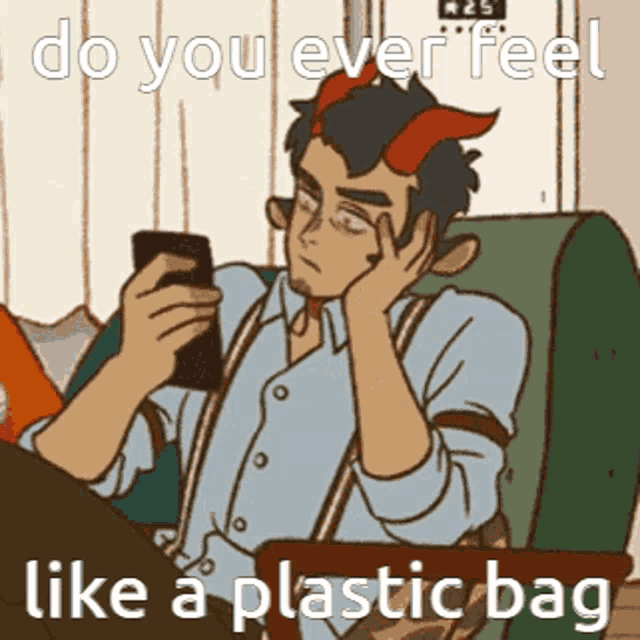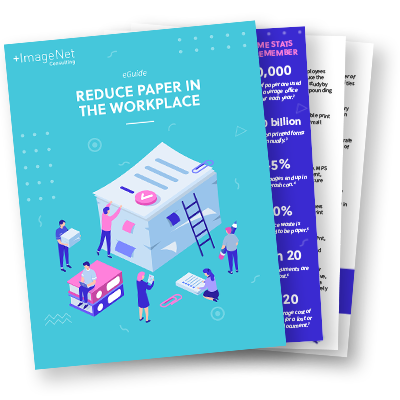New analysis by researchers have found that chemicals found in plastics are now part of human diets.
Many foods are packaged in plastic materials in an attempt to keep them fresh and preserved but in a recent study, researchers have found that we could be eating more plastic than we realise.
The world’s annual plastic production is estimated at 245 million tons – a statistic to be taken seriously – with much of this amount made up by plastic bags that are used on a daily basis. With this amount of bags produced annually it is no wonder that many of these finds their ways into our water systems and accumulate into patches of plastic causing havoc in the ocean.
Plastic does not, at large, dissolve but does become smaller and smaller which mean the chemical components become more concentrated being consumed by fish, eventually reaching our plates.
Plastic isn’t just making its way to our plates through fish though, fish is commonly used in the agricultural business too, so the beef and chicken we eat will contain more chemicals than we first thought too. These tiny pieces of plastic have become a part of our diet through their constant strain on the environment and have been associated with a number of illnesses.
Plastic has been effecting the environment for some time now, mainly damaging the lives of wildlife and sea life through suffocation but this new analysis has proven that it is affecting us too. This shows a huge emphasis on an alternative to plastic and paper bags seem to be the preference.
The long term health risks are a real problem and some action needs to be considered in order combat the journey of the substance to our plates. Making the switch from plastic to paper is a simple one and one that many companies have already spent a lot of effort looking into.
The next time you dig into your Sunday dinner though, it might be worth thinking about how much plastic might be in it.




